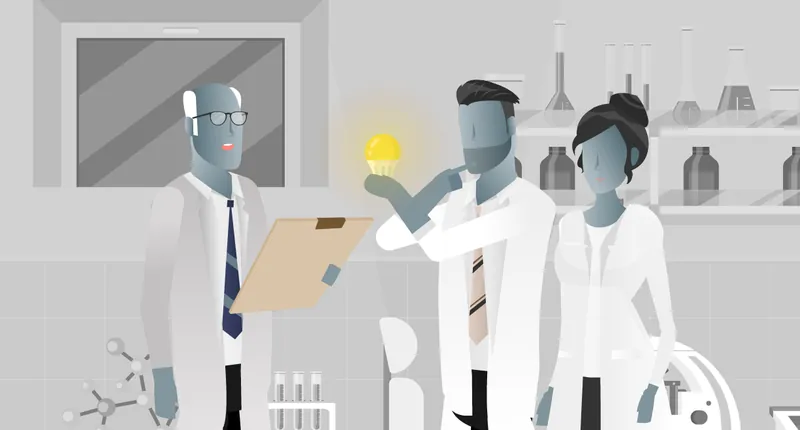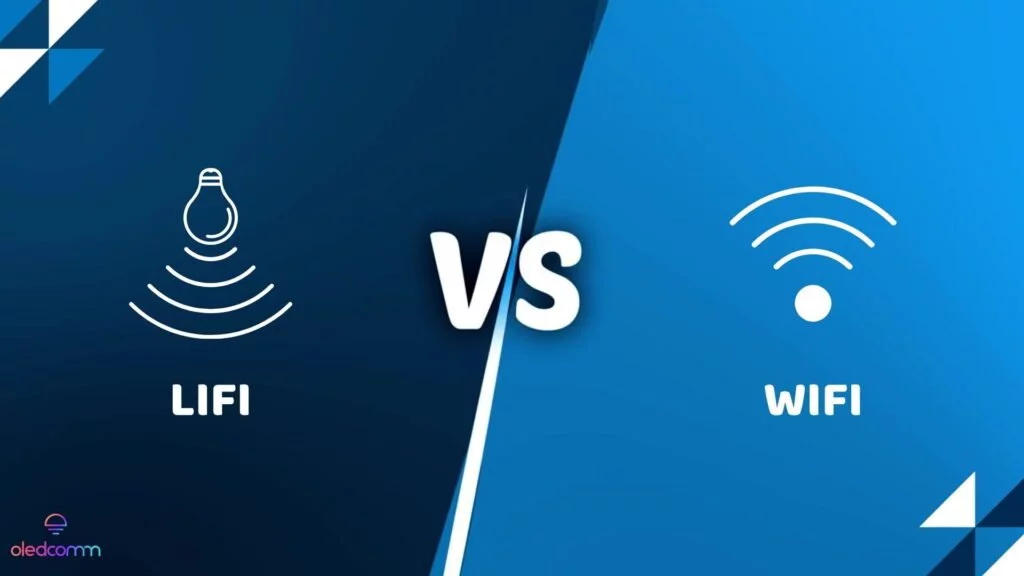LiFi and 5G: Unlocking the Synergy

Behind this apparent competition for the throne of performance may lie the opportunity for an alliance to reinvent wireless communication.
The “Abeille” law: towards more responsible connectivity with LiFi

The so-called “Abeille” law on public exposure to electromagnetic waves, adopted in 2015, highlighted the central role of LiFi, a light-based connectivity technology, in the Internet equipment of places open to the public. The omnipresence of electromagnetic or radiofrequency waves raises many questions, particularly with regard to their effects on health. Indeed, for several years, a growing number of citizens attribute various ailments to radiofrequency waves, from the most benign to the most severe (electrosensitivity, tachycardia, tinnitus, cancers …).
LiFi: Internet through light in 7 questions

LiFi has been gaining momentum in the telecom world for the past few years. This innovation, resulting from years of research and development, puts technological progress at the service of connectivity, security, the environment and even health. Find the answer to all your questions about LiFi in 7 questions!
Wifi in schools: Why prefer LiFi?

A healthy technology: LiFi, by enabling Internet data transmission through light, provides students with a healthy environment, free of radio frequency waves. They can learn while enjoying the best the digital world has to offer, without worrying about the impact of their resources on their health
LiFi takes off in the aeronautics sector

As a new wireless communication technology, LiFi has already found its way into many sectors, including defense, healthcare, industry and education. But the advances enabled by this patented innovation don’t stop on solid ground. The aviation industry, too, has much to gain by adopting LiFi. Oledcomm has proven this by equipping the very first commercial flight with LiFi technology. A step forward that suggests a real paradigm shift in the aviation world. If you’re not familiar with this abbreviation, LiFi, for Light Fidelity, is a technology for connecting to the Internet through light. Resulting from years of research and development, the technology is now able to offer a high-speed Internet connection that is stable, secure and safe for your health. The data transmission is done by the pulsation of a LED light beam from a transmitter device (Access Point), connected to the Internet network, to a receiver device (Dongle).
How LiFi works, step by step

Internet through light, it’s possible. Discover the secrets of future connectivity by learning how LiFi works.
LiFi vs. WiFi: the fundamental differences

LiFi & WiFi, two similar sounding words, two wireless communication technologies, yet they have major differences. One uses light, the other radio frequency waves. One is at the dawn of its expansion, the other is anchored in our daily life. But between WiFi and LiFi, in an ultra-connected society where access to the Internet is as important as ever, which technology stands out? Today, WiFi is omnipresent in our society. In homes, in companies, institutions and communities, in transportation: humans have gradually built their relationship with the Internet until they’ve become mentally inseparable from WiFi. For many people, it’s even difficult to imagine connectivity other than through WiFi. However, there is another technology, and it’s on the way to revolutionizing wireless communication. This is LiFi, for Light Fidelity, a system of data transmission by light which is similar to WiFi (almost) only in the sound of its name. In fact, although these two technologies have in common that they are wireless data transmission methods, they differ in fundamental ways. With the ambitious expansion of connectivity through light, it’s worth asking: LiFi or WiFi, which is better? This is the question we will try to answer in this article.
LiFi: The applications of a booming technology

As robust as WiFi and safer, healthier, and more stable, LiFi has already proven itself in several major industries. But this success is just the
An industrial view of the challenges and future of LiFi

Read our scientific review on LiFi use cases in the industrial field
What is LiFi? Definition and benefits

LiFi, short for Light Fidelity, is a technology that enables communication through light. Developed after years of research and development, LiFi now offers users a

